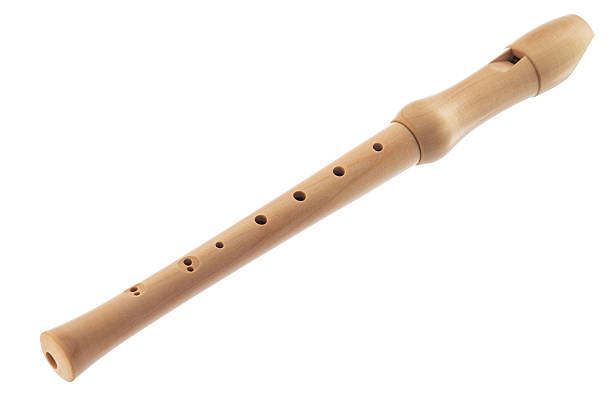
The recorder is a simple woodwind musical instrument that produces sound when air is blown into it. It is shaped like a pipe and usually made of plastic or wood. The recorder belongs to the flute family and is often used in music education because it is easy to play and helps beginners understand melody and fingering.

It has a whistle mouthpiece, and sound is produced by blowing into it while covering and uncovering holes with the fingers.
In music, a key signature is a set of sharp (#) or flat (♭) symbols written at the beginning of a music piece to show the key in which the music is written.
For beginners using the recorder, the most common key signatures are:
Understanding the key signature helps the player know which notes to play correctly in a song.
To play the recorder correctly, follow these steps carefully:

This allows your lungs to expand properly so you can breathe well and blow air into the recorder smoothly.
Make sure your fingers are placed flat and fully cover each hole. If air escapes from a hole, the note will not sound right.
Don’t blow too hard — the sound will become noisy or squeaky. Use soft, steady breath to produce a smooth sound.
Start with simple notes like B, A, and G. These are the easiest and most commonly used notes for beginners.
Once you can play the notes well, try playing short songs. This will help you improve your timing, breath control, and finger movement.
Here are some of the most common notes played by beginners and how to place your fingers to play them:
| Note | Fingering Description | |
| 1 | B | Cover the back hole (with thumb) and the first front hole (with left index finger). |
| 2 | A | Cover the back hole + 1st and 2nd front holes. |
| 3 | G | Cover the back hole + 1st, 2nd, and 3rd front holes. |
| 4 | C | Leave the back hole open. Cover only the 2nd and 3rd front holes. |
| 5 | D | Leave all holes open. No fingers are used. |